I tested Polar’s latest rugged AMOLED smartwatch that might just be the brand’s best value wearable yet
The Grit X2 packs Pro‑level features into a lighter, cheaper watch

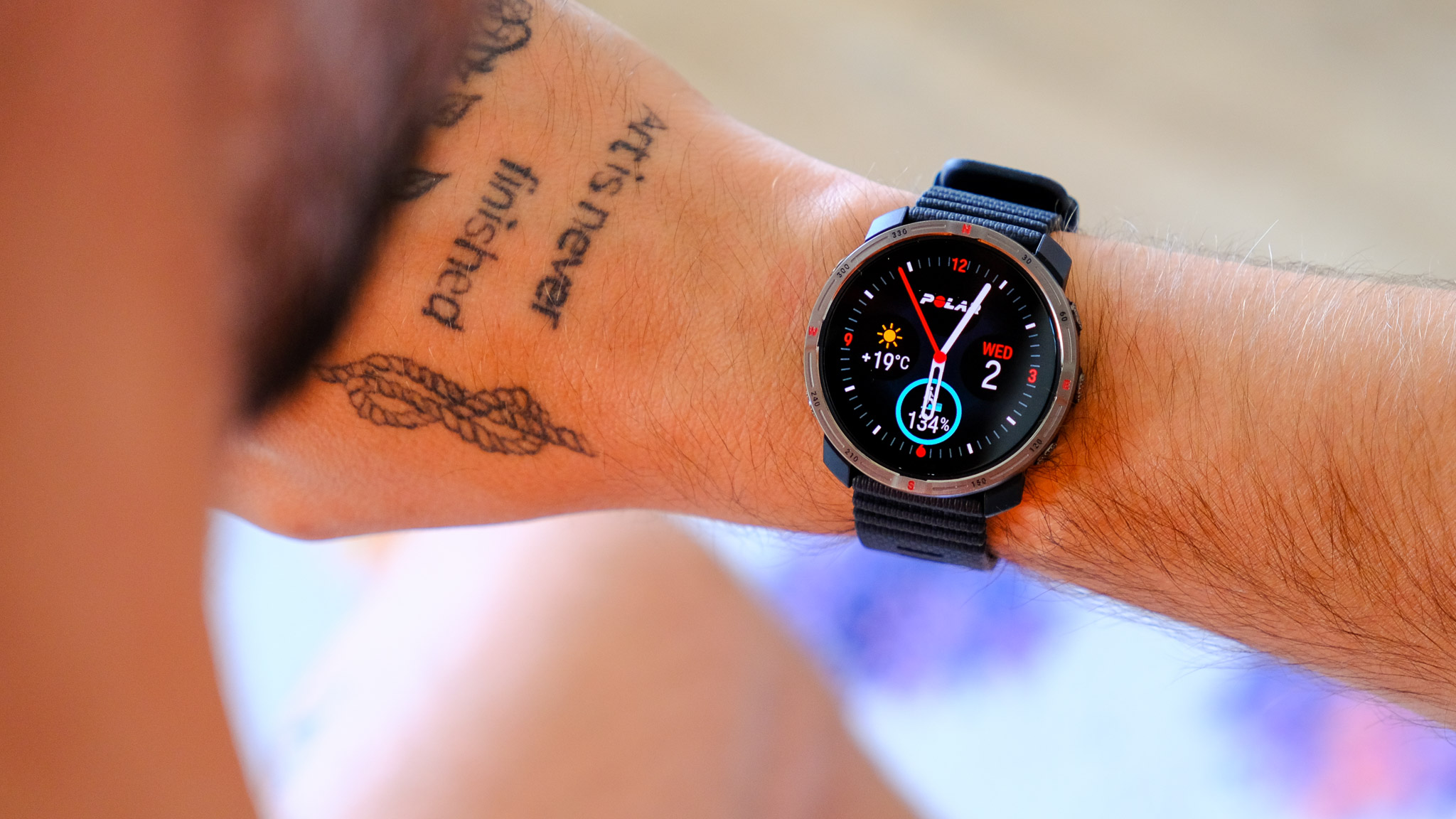
The Polar Grit X2 delivers almost all the Pro model’s features in a slimmer, lighter, and far cheaper package. With a bright AMOLED screen, offline maps, solid tracking, and a replaceable battery, it’s a premium outdoor watch that won’t crush your wrist or your wallet.
-
+
Slimmer design
-
+
AMOLED screen
-
+
Offline maps
-
+
Accurate tracking
-
+
Replaceable battery
-
-
Comparatively small battery
-
-
Dated UI
-
-
Reliant on Komoot for navigation
Why you can trust T3

I was a bit confused when Polar announced the Grit X2 earlier this year – surely, this watch has already been out for a while? Then I realised I was thinking about the Garmin Fenix-rival Polar Grit X2 Pro, one of the most exciting outdoor watch launches from 2024.
One might say that the Polar Grit X2 is the watered-down version of the Pro version, but I think it’s quite the opposite. Just like the Garmin Fenix 8, the Grit X2 Pro can be intimidating for those unfamiliar with rugged smartwatches. Not to mention, they are often chunky and quite heavy.
The Grit X2 addresses these issues and offers almost all the features of its Pro sibling in a sleeker and more refined form factor. Additionally, it’s also much more affordable, which is a welcome sight in this day and age, where wearable prices are skyrocketing.
It’s very different from its predecessor, the Polar Grit X, which was released around five years ago (my goodness, time really flies). For one, the Grit X2 has an AMOLED screen, whereas the Grit X had a MIP display. There are a lot more changes, both hardware and software, that we need to discuss, so I’ll get right to it.
Polar Grit X2 review
Price and availability
The Grit X2 was launched in June 2025 and is available now directly from Polar UK and Polar AU for a recommended price of £399/ AU$799 (~$532.75). It’s not listed on Polar’s US website, which I guess is something to do with the completely unpredictable tariff situation in the country. It comes in one size (44.7 mm) and two colours: Night Black and Brown Copper.
Specifications
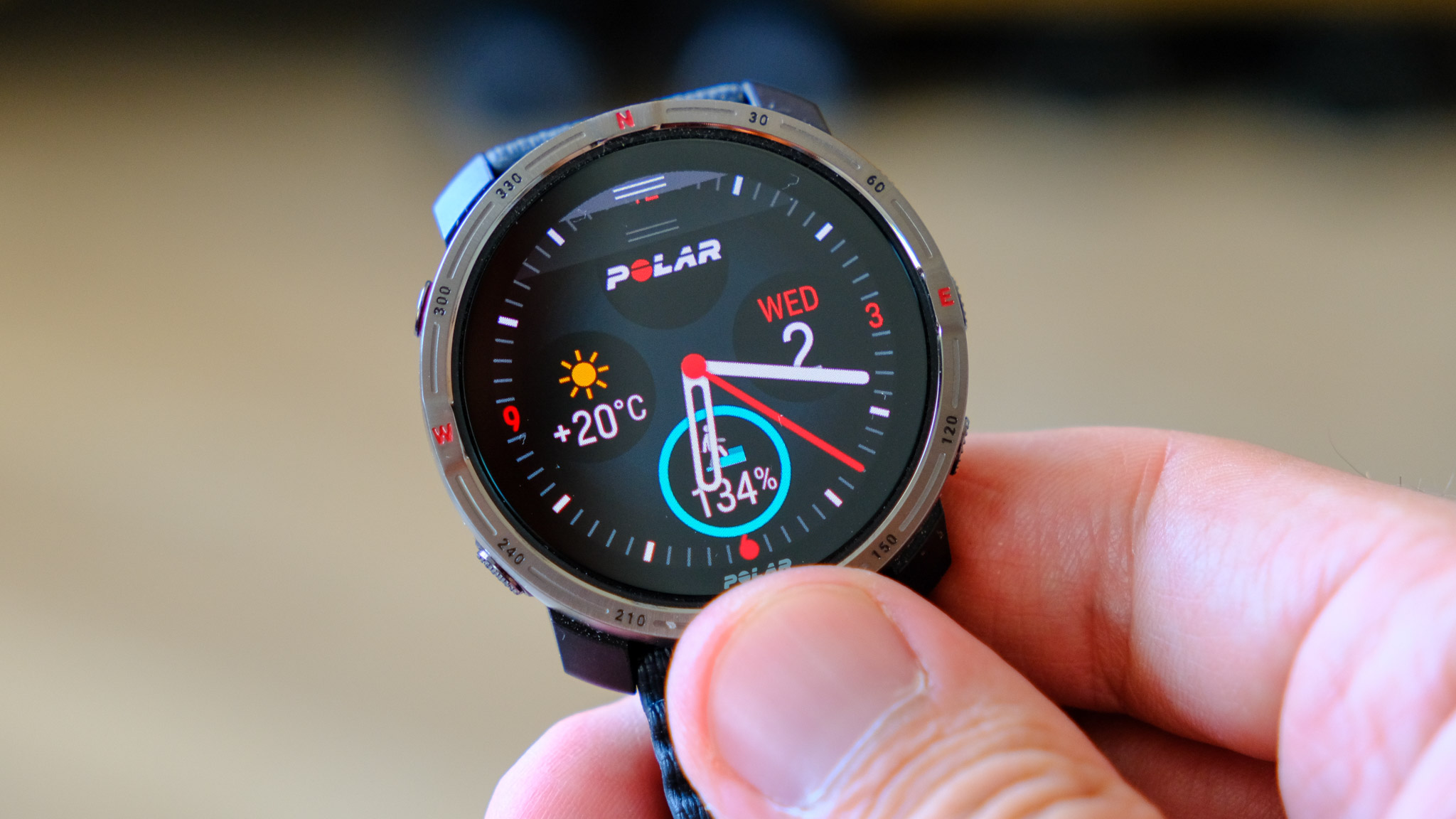
- Bezel: Stainless steel
- Lens material: Sapphire Glass
- Weight (case only): 39 g
- Case size: 44.7 x 12.5 mm
- Water resistance: 5 ATM
- Battery: up to 7 days (smartwatch mode), up to 30 hours (Performance Training Mode)
- Solar option: no
Design and build quality
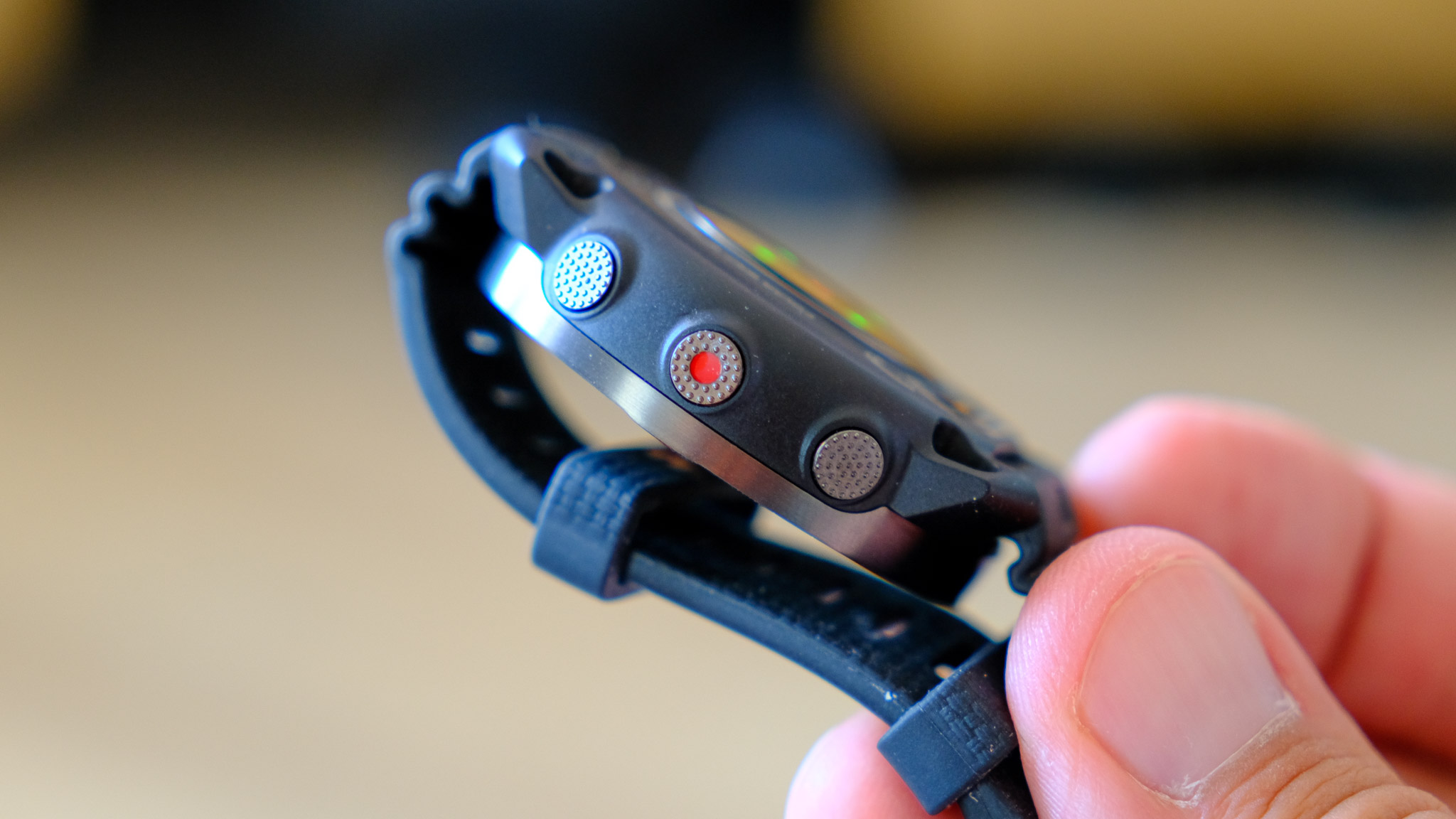
The Polar Grit X2 inherits many of its pro sibling’s high-end specs, including the stainless steel bezel and sapphire glass lens. It has a reinforced polymer case, measuring 45 mm across with a 12.5 mm thickness, and sports the usual five tactile physical buttons.
Despite the thinner and lighter design, the Grit X2 is MIL‑STD‑810H certified, meaning it has been tested for shock, temperature extremes, humidity, and other harsh environmental conditions.
Get all the latest news, reviews, deals and buying guides on gorgeous tech, home and active products from the T3 experts
The wearable is also WR50-rated (50 m water resistance) and can handle swimming and general outdoor use. However, it does lack the higher WR100 rating of the Pro model.
The display is a 1.28″ AMOLED touchscreen panel at 416 × 416 pixels, protected by the aforementioned scratch-resistant sapphire crystal glass. The material is used in many premium outdoor watches and adds strong scratch and impact resistance.
Weighing about 62 g with the silicone strap (around 39 g without), the Grit X2 is lighter than the Pro model and notably more streamlined and comfortable for long-term wear.
Features and accuracy
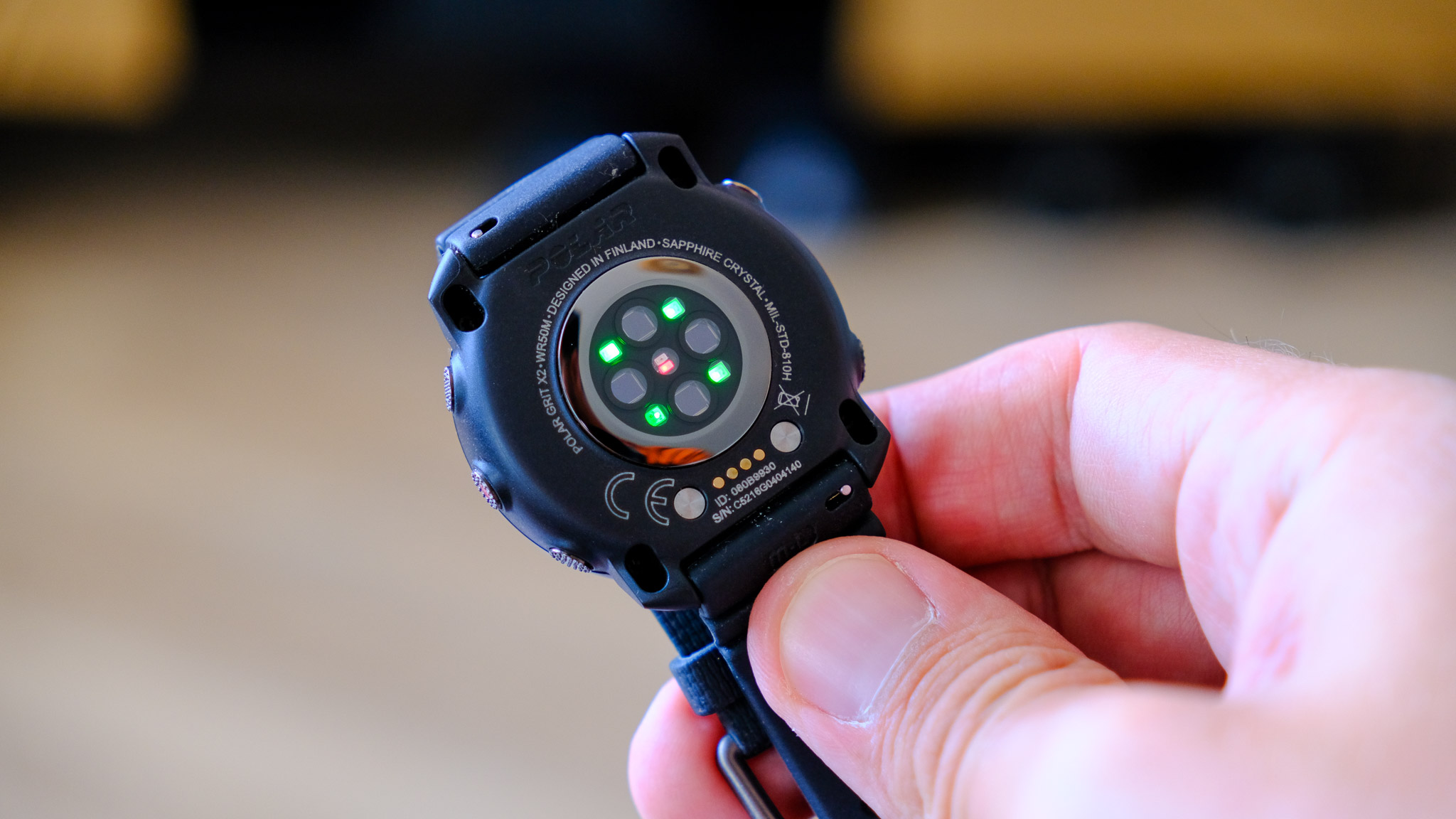
The watch features Polar’s Elixir bio-sensing platform and, as such, has a ton of health, wellness and fitness functions we’ve seen in other Polar wearables, including 4th-gen optical heart rate monitoring, wrist-based ECG, blood oxygen sensing, and even skin temperature tracking.
That said, as far as I’m concerned, there isn’t anything new we haven’t already seen on the Grit X2 Pro in the latest model. Both watches are practically identical in terms of features, running Polar OS 4.0. This is good news if the only reason you didn’t get the Grit X2 Pro was its size – you get the same functionality with the Grit X2 in a more streamlined package.
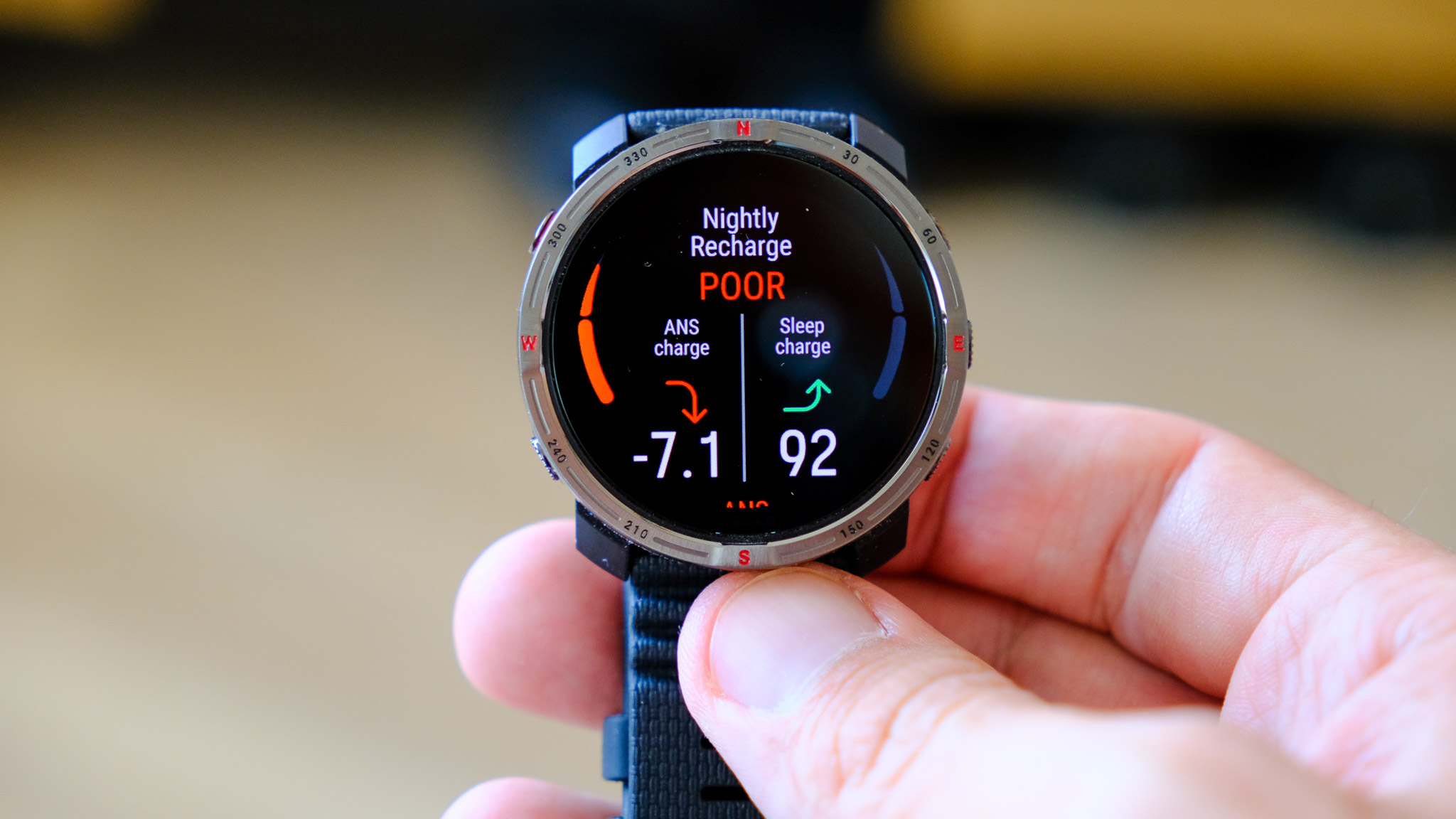
Health and wellness features
Some of the key health highlights include advanced sleep tracking, Nightly Recharge (similar to energy scores provided by brands such as Garmin), breathing exercises, SpO2 monitoring (which I always promptly turn off to save battery) and wrist-based ECG.
Polar has been championing recovery for a long time and always offered robust health functionality in its watches; the Grit X2 Pro is no different. It tracks sleep stages well, and the Nightly Recharge is a handy feature to see what your sleep meant in terms of recovery.
Some of the terminology (e.g. ANS charge) is dubious, and reminds me of Samsung Galaxy Watches (see also: AGEs score). Funnily enough, the South Korean brand is also famous for its second-to-none health tracking system. For more info, check out my Samsung Galaxy Watch 8 Classic review.
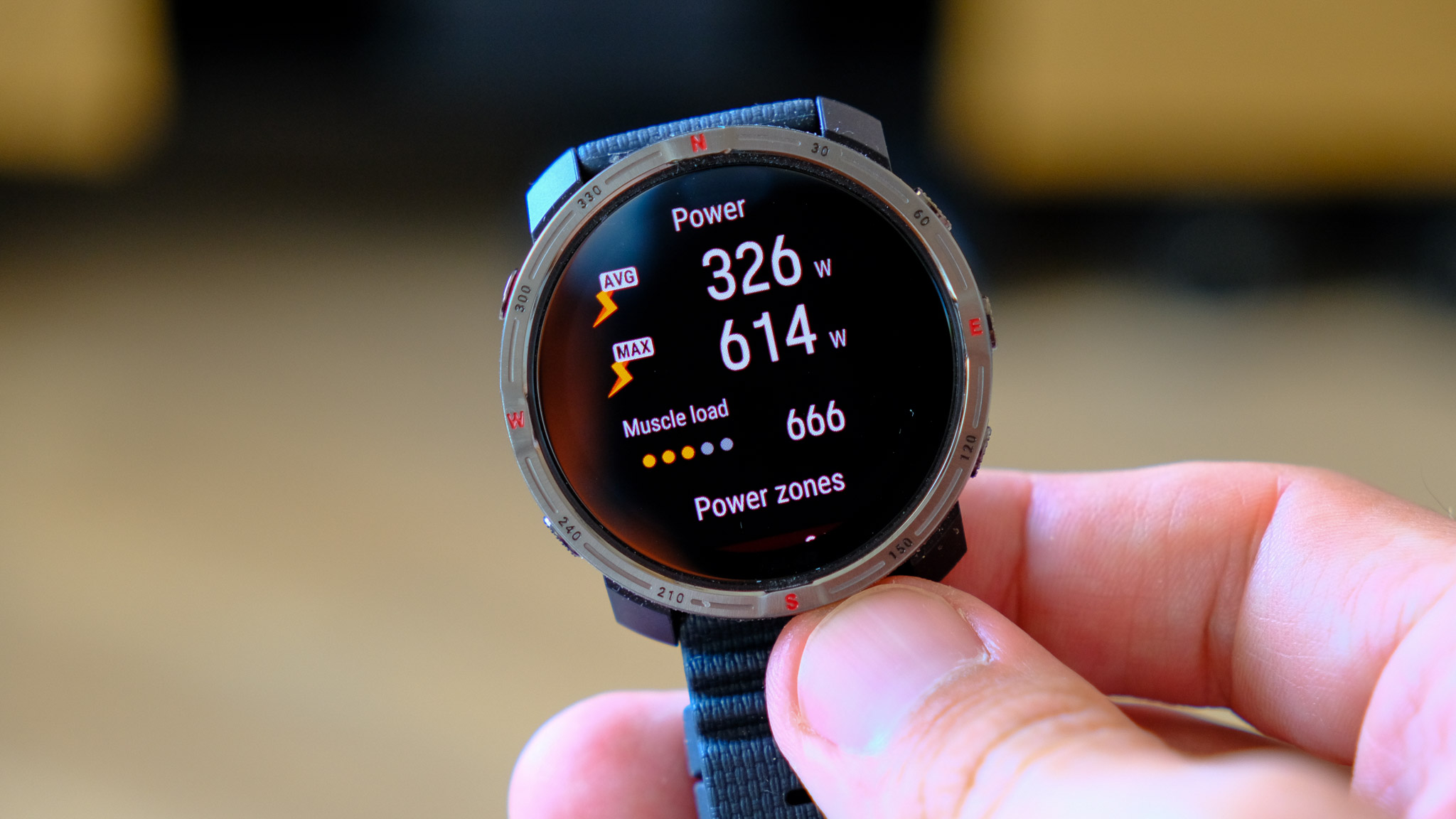
Fitness tracking
The Grit X2 offers all the tests and fitness functionality we expect to see in high-end wearables from the brand, such as the Polar Vantage V3. You’ll find various tests to check your readiness, as well as dozens of sports modes on the watch. The Grit X2 has a dual-frequency GNSS, allowing the watch to track position outdoors more accurately.
Both heart rate and GNSS accuracy are solid, even though I haven’t pushed either to its limits. For running and cycling, heart rate tracking looked accurate when compared to other performance wearables such as the Garmin Forerunner 970. The same goes for GNSS – the Grit X2 followed my path accurately during my sessions.
Neither of these is surprising, considering the watch uses the same optical heart rate sensor and positioning unit as the Grit X2 Pro, and I found that watch very much on point. I’m yet to test its performance under water, but I expect it to be somewhat accurate there, too.
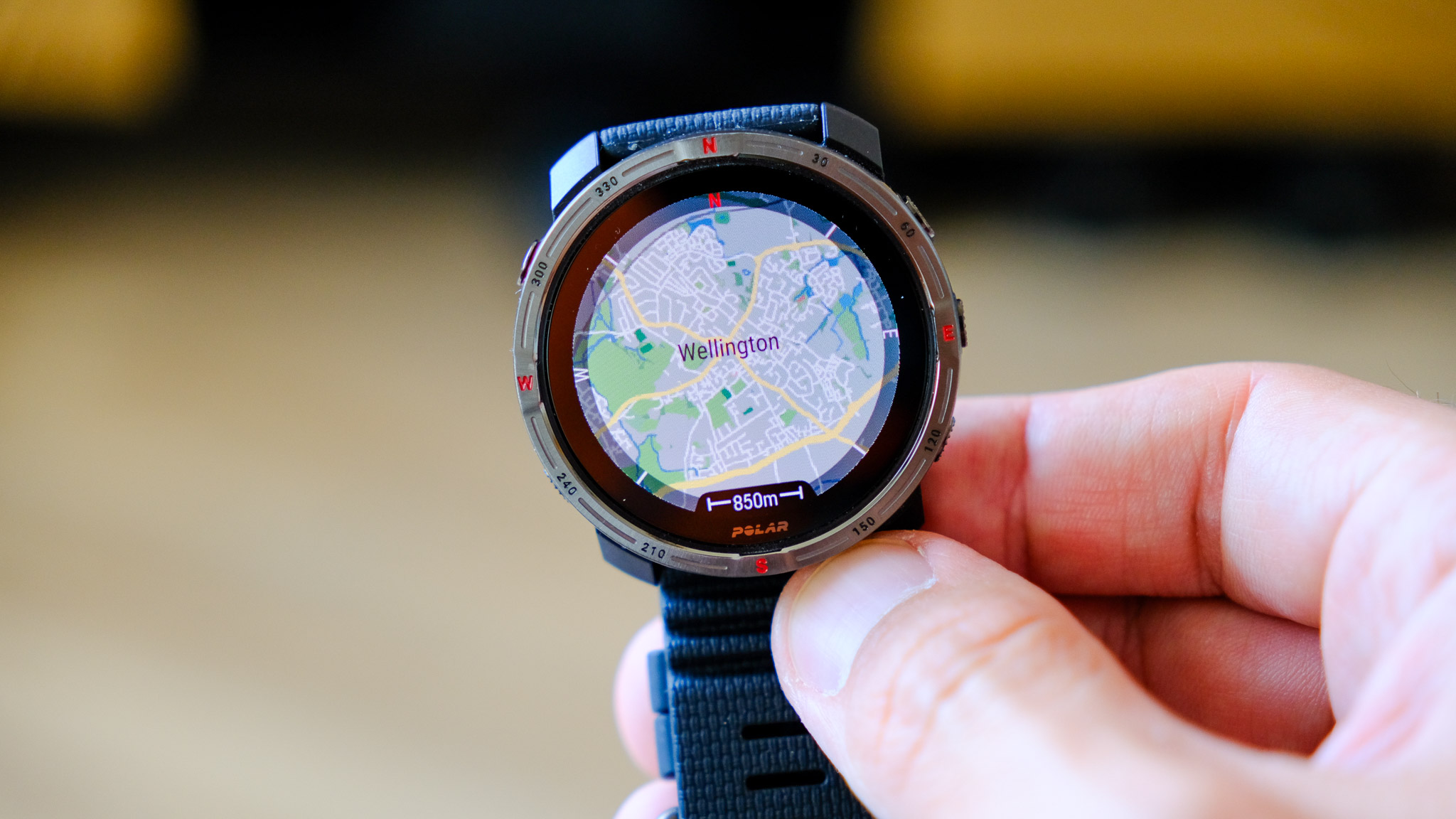
Mapping and navigation
Earlier Grit models had breadcrumb navigation. With the Grit X2, you get full offline maps, plus elevation profiles, POIs, and route guidance, much closer to Garmin/Suunto outdoor mapping capabilities.
Turn‑by‑turn guidance was available on some older Polar watches, but it’s now integrated with maps directly on the watch and supported by 32 GB storage for offline use. It’s still powered by Komoot (for better or worse). You can plan the route in Komoot (either on their app or website), then sync it via the Polar Flow app to your watch.
You can download a ton of different maps for the Grit X2 for free, but the free Komoot subscription only includes one free region, which is (probably) enough for most people using their watches in one country. Of course, you can use the offline maps without the turn-by-turn navigation.
It would be brill if Polar moved away from using third-party apps like Komoot for navigation, but I appreciate it’s cheaper this way. Maybe someday soon we’ll see a Polar with an in-house navigation software!
Battery life and charging
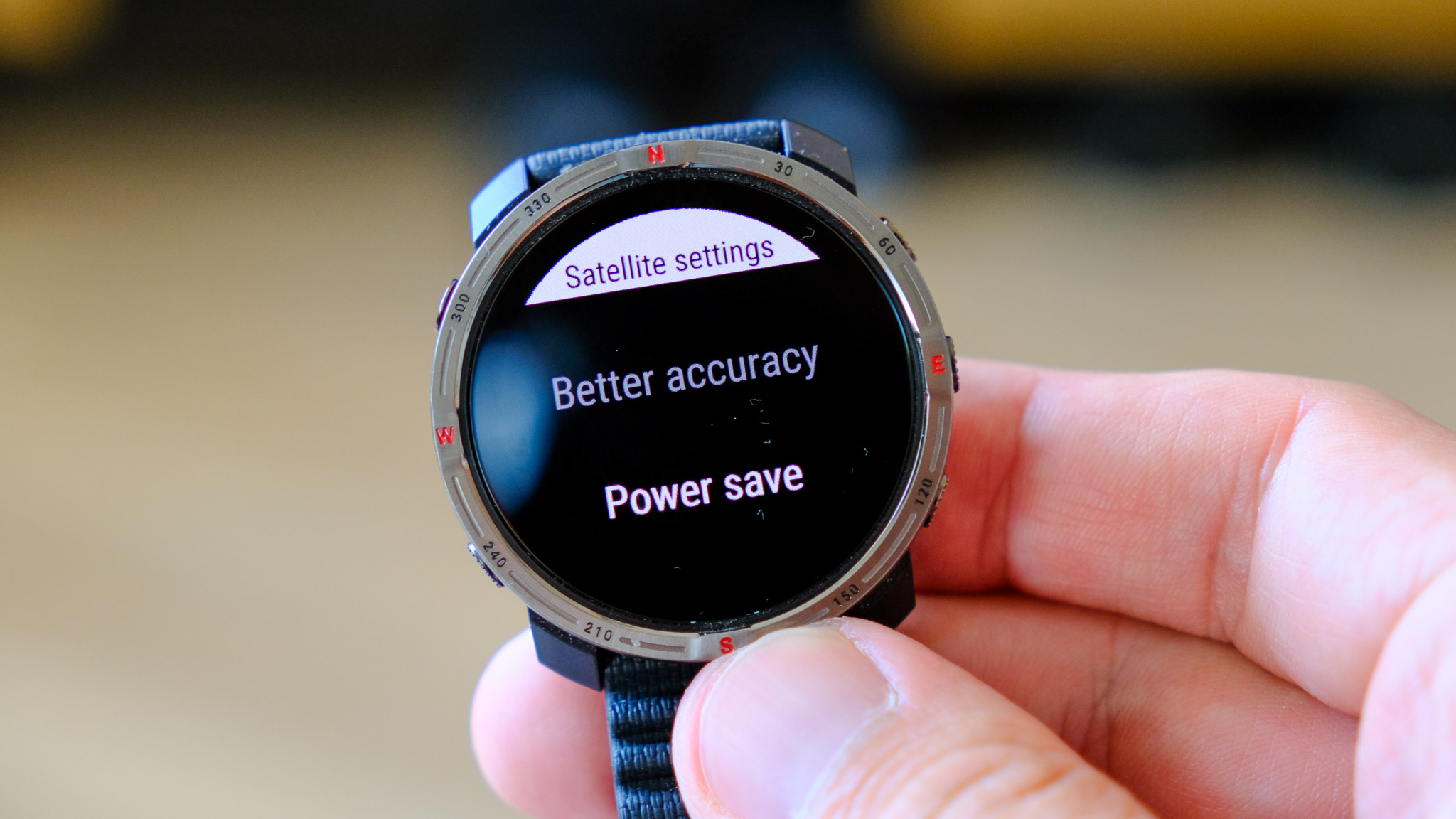
Battery life suffered the most from downsizing the watch body. The Polar Grit X2 has the same Li-Pol call, but it’s “only” 310 mAh, which is 35% smaller compared to the Grit X2 Pro’s 488 mAh unit.
It can still last for nearly a week in smartwatch mode, and up to 90 hours in Eco Training Mode, which uses the single-frequency GNSS instead of dual-frequency, longer GPS recording intervals (e.g. every 30 or 60 seconds instead of 1 second), lower-power sensor polling and slightly reduced display refresh.
For greater accuracy, Performance Training Mode gives you up to 30 hours of battery life on a single charge with dual-frequency GNSS enabled.
The Grit X2 doesn’t support quick charging – no 5-minute top-ups – but it doesn’t take too long to get the battery charged from flat to around half full (~35-40 mins). It takes around two hours to go from zero to 100 per cent.
It might have quite as large a battery, but the Polar Grit X2 has a huge advantage over not just the Grit X2 Pro but all the other rugged smartwatches: it has a replaceable battery! The brand says the battery change costs €39,90. Plus, there is an additional service cost (approx. €15) and applicable shipping costs.
Verdict
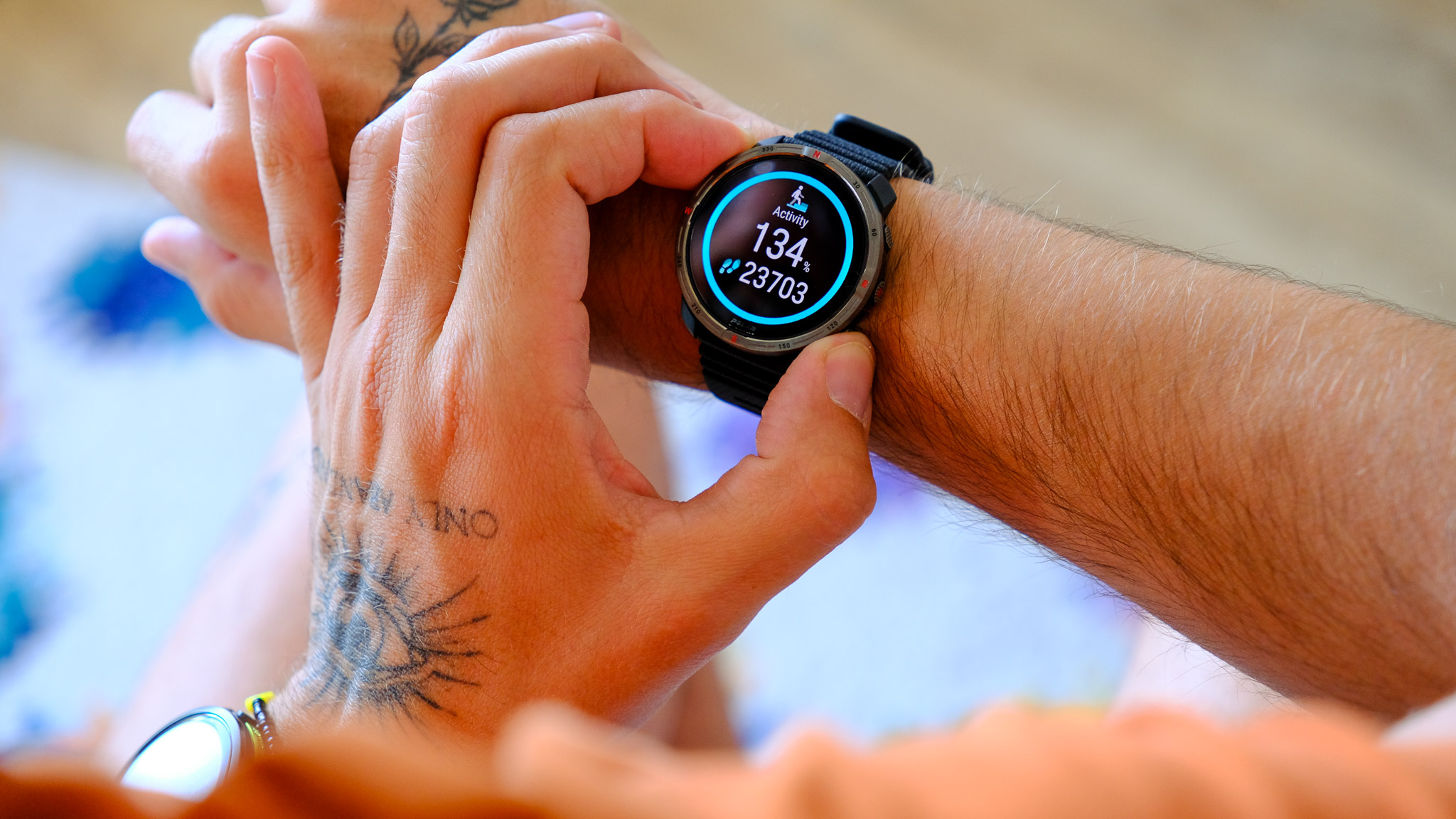
The Grit X2 is both a confusing and exciting offering from Polar. It’s confusing because the watch is essentially the same as the Grit X2 Pro, launched well over a year ago. Apart from the water-tightness of the case and some of the materials used, you get the same watch for two-thirds of the price.
On the other hand, you get the same watch for two-thirds of the price! And thanks to the smaller case size, the Grit X2 has a much broader audience than the Grit X2 Pro, which, just like the Garmin Enduro 3, really is only suited for people with huge wrists.
I really wish Polar started working on modernising its UI, both on the watch and in the Polar Flow app. Neither is terrible, and Garmin watch users still complain about the Connect app redesign, but Polar’s version looks dated at this point.
That said, I know many people who prefer it over other operating systems, so what do I know? The Grit X2 is a snazzy, premium outdoor watch with offline map functionality, an AMOLED screen and a ton of health and fitness features. Oh, and it costs half as much as the Fenix 8, so there is that.
Also consider
Garmin Fenix 8: Garmin’s flagship multisport GPS watch offers unmatched durability, full-colour offline maps, extensive training metrics, and multi-band GNSS for pinpoint tracking. It’s bulkier and pricier than the Grit X2, but it delivers more customisation, deeper ecosystem integration, and excellent battery life. Ideal for serious adventurers and athletes who want an all-in-one outdoor and fitness powerhouse.
Amazfit T‑Rex 3: The rugged Amazfit T‑Rex 3 delivers an impressive outdoor feature set at just ~$280. Its 1.5″ 480×480 AMOLED screen (max 2,000 nits) sits behind a stainless steel bezel (Gorilla Glass). Up to 27 days of smartwatch battery and up to 42 hours GPS tracking support multi-day expeditions. With dual‑band GPS, full offline maps, over 170 sport modes, and built-in voice AI, it rivals pricey rivals for outdoor use.
Coros Vertix 2S: Coros’ premium adventure watch is built for ultra-endurance athletes, boasting battery life of up to 118 hours in full GPS mode. It includes global offline maps, excellent satellite accuracy, and Coros’ straightforward, performance-focused software. Lightweight for its size, it’s a strong alternative for those prioritising ultra-long tracking sessions and minimal distraction features.
Suunto Vertical: The Suunto Vertical blends a large, bright display with detailed offline mapping, weather forecasting, and solar charging (in certain models) for extended trips off-grid. Its clean, intuitive interface appeals to users who prefer simplicity over feature overload. It’s also made in Finland with sustainability in mind, appealing to eco-conscious outdoor enthusiasts.

Matt Kollat is a journalist and content creator who works for T3.com and its magazine counterpart as an Active Editor. His areas of expertise include wearables, drones, fitness equipment, nutrition and outdoor gear. He joined T3 in 2019. His byline appears in several publications, including Techradar and Fit&Well, and more. Matt also collaborated with other content creators (e.g. Garage Gym Reviews) and judged many awards, such as the European Specialist Sports Nutrition Alliance's ESSNawards. When he isn't working out, running or cycling, you'll find him roaming the countryside and trying out new podcasting and content creation equipment.
You must confirm your public display name before commenting
Please logout and then login again, you will then be prompted to enter your display name.